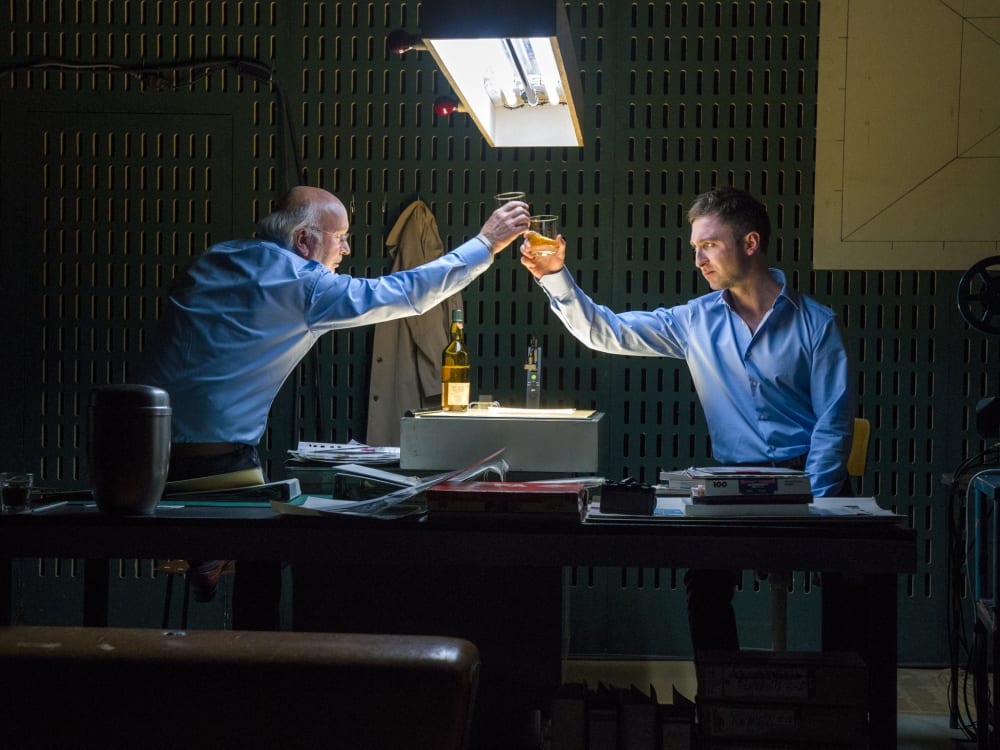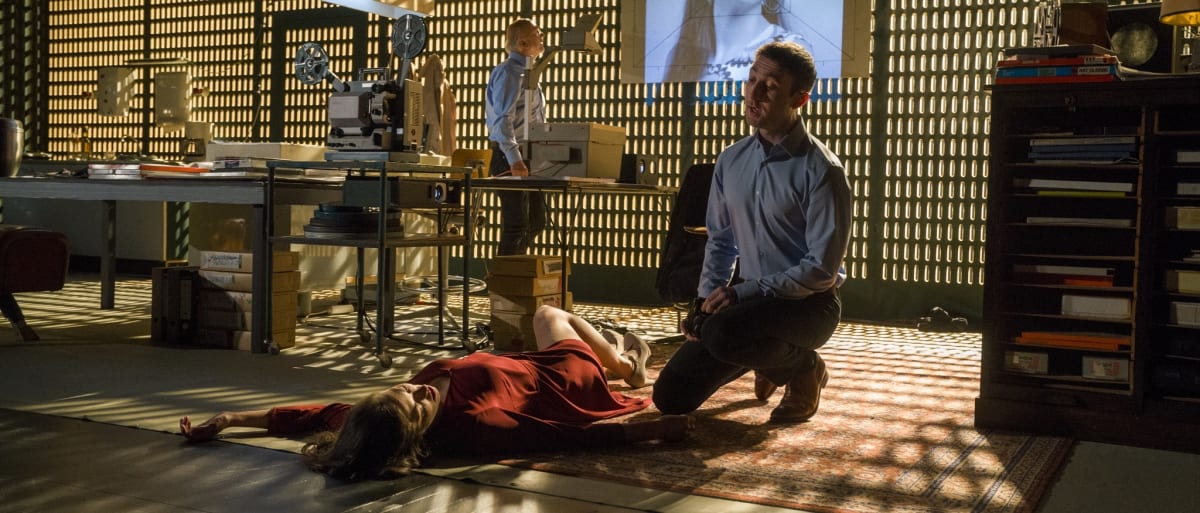Can it ever truly be love if it is spawned from an obsession? We see scattered throughout history, literature, and modern pop culture the notion that the height of romantic love corresponds to the level of passionate obsession that is inspired. Only a few show the horrifying implications for both the obsessed and the one obsessed over. Diary of One Who Disappeared was perhaps not written with the intention to reveal the abusive, objectifying and isolating world of obsession, when Leoš Janáček originally penned the 22-part song cycle between 1917 and 1920. However, Ivo van Hove’s reimagining of the Czech work focuses on just that.
Janáček was a Chechen composer who famously fell in love with Kamila Stösslová, a married woman 40 years younger than him, despite her and his own marriages to other people. Over the years, Janáček would write Kamila over 700 letters increasingly filled with passionate declarations of his devotion. Kamila would sporadically return his missives, her own filled with more distanced descriptions of her daily life. Janáček used Kamila as his muse, creating several operas and song cycles with her in mind. Diary of One Who Disappeared is one such result of his inspiration, capturing the story of Janiček (Andrew Dickinson), a village boy who stumbles across a Romany girl, Zefka (Marie Hamard), in the woods and falls in love with her.

Van Hove takes the original song cycle and sets it in the present day in the world of a photographer and his Zefka. An older man (Wim van der Grijn), only named Actor in the program, but who we can infer is a mix of an old photographer and Janáček himself, watches on as the young photographer and Zefka pursue their romance. Interspersed with the original cycle are female-focused songs from the time period of the cycle – allowing for Kamila’s voice to be heard and returning to her some of the agency that is so viciously ripped away from her.
Hamard haunts and seduces as the enticing Zefka. While in the opening song she does struggle with a few of the notes in the lower register, she ultimately enchants, her voice powerful and almost inhuman as the cycle continues. The opening number has Hamard singing in the photographer’s studio, alone on stage except for the pianist, the lights nearly out. To perform so long in the dark, her facial features hidden from the audience, Hamard needed to let her body and vocal quality alone speak for her. This is the one opportunity the audience has to see Zefka as a person, rather than a figment of Janáček’s imagination. Hamard makes this readily apparent from her body language. There is a moment when Zefka is transformed from a woman into Janáček’s ideal early on in the piece. Hamard dramatically poses, her chest out, hip cocked her face in an exaggerated smirk. She very dramatically takes her hair down and throws the tie to the side. This stylized almost cliché of action marks her as fantasy as compared to the real woman we saw exist in the obscurity of the dark earlier. Tenor Andrew Dickinson’s almost innocent movements across the stage act as a perfect counter to Zefka and his vocal quality and range are a delight to the ear.
Beyond the fantasy staging and vocal quality, the production truly benefits from a stunning set and lighting design. The stage manages to feel wider than it should, stretching out to the corners and isolated in three separate sections, despite being one room. There is a wonderful contrast between technology and nature – old fashioned red-lit darkroom photography development projected on video, and somewhere in the middle on the tech scale, projector screens that I have not seen used since the 90s. In the corner, a window allows a hint of the natural in, with an almost glowing peak into the foliage. I have spoken about the opening darkness, but as the production goes on the shadows get stronger and create almost prison bars, reflecting how trapped the old man becomes. We end with the reading of several of Janáček’s actual letters to Kamila. The old man’s letters reveal the frankly horrifying nature of his relationship to her and the controlling stipulations of his will decry the romanticism we try to imbue the obsessed with. He is cringy and painful and objectifying and this revelation, this horrible attempt to control and bend a woman to his will even after death is what Diary of One Who Disappeared truly teaches us.

